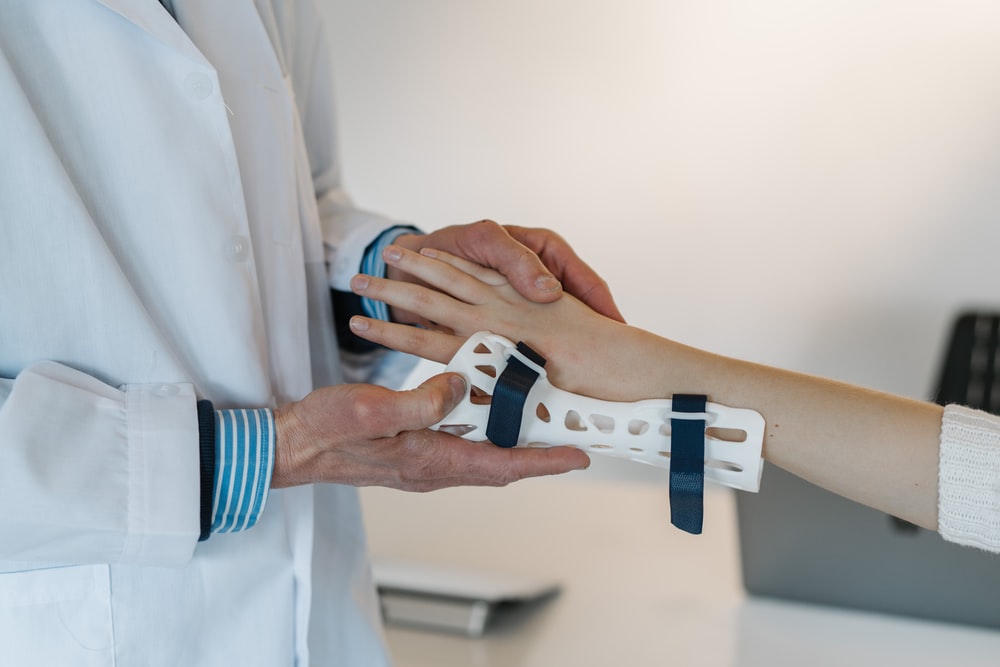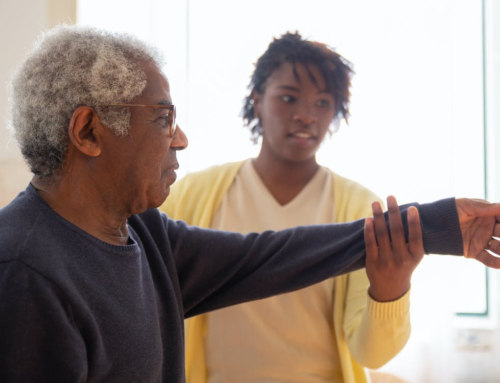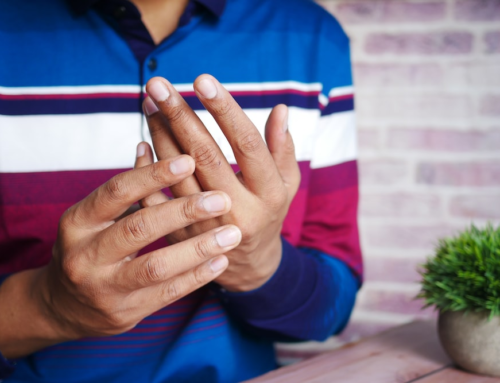Suffering from an amputated or immobile hand can hold you back from enjoying several things in life. Not only does it make it impossible to carry out routine tasks and activities, but it also has serious psychological and mental repercussions for your health.
A hand orthosis and prosthesis offer solutions, and can help you get back to your normal life without having to go through any invasive or potentially dangerous procedure.
Here’s a detailed guide on how hand orthosis and prosthesis can help, and what kind of care they require.
Orthosis vs. Prosthesis
While the primary function of orthosis and prosthesis devices are similar, there are slight differences between the two.
An orthosis is a medical brace that corrects or enhances the use of a particular limb or body part. On the other hand, a prosthesis is a device that functions as a replacement for a missing or amputated body part such as a hand or leg.
Another key difference between the two is that an orthosis is temporary and is removed when the body part starts functioning correctly while a prosthesis is permanent.

Both orthotics and prosthetics can significantly improve your physical and mental health.
However, they require special care and maintenance for them to continue benefitting you.
Care for Hand Prosthetics
If you have a prosthesis attached to your body, you must follow these steps to ensure its effectiveness and to make sure it’s not harming your body.
Remove Before Sleeping
You must remove the prosthesis before going to bed to get a comfortable sleep and also to make sure you don’t accidentally damage it during your sleep.
Clean the Stump
A stump is the remaining part of the amputated limb. Cleaning the stump, applying lotion, and massaging the skin are essential steps to ensure the hygiene and health of the residual limb. Also, keep an eye out for blisters, wounds, or redness, in which case you will need to visit your doctor.
Examine the Prosthesis Regularly
Carefully examine the device regularly to ensure no part is damaged or loose as it can cause sudden and severe damage if not fitted properly.
Exercise Regularly
Remember to practice the exercise recommended to you by your healthcare provider daily to improve your endurance and mobility.
Maintain Your Body Weight
Your prosthesis is customized according to your current body weight, so any drastic increase or decrease in weight can cause the fitting to become loose or tight.
Care for Hand Orthosis
Compared to a prosthesis, the care for orthosis is simpler.

Cotton Sock
If the orthosis is of thermoplastic material, you will need to wear a cotton sock at all times so it can increase comfort, protect your skin, and absorb sweat.
Examine Your Skin Regularly
You will need to look out for any red marks, wounds, or other skin conditions caused by the orthosis. Consult your doctor immediately in such a case.
Make Sure the Fit is Perfect
Don’t shy away from asking for minor adjustments from your doctor to make sure the fit is just right.
Looking for someone who can ensure the health and effectiveness of your prosthesis or orthosis? You need a professional hand therapist.
The certified hand therapists at Able Hand Rehabilitation are equipped to deal with any form of hand impairment and specialize in orthotic assessment, adjustment, and check-outs, which ensure proper fit, comfort, and effectiveness.
Book your appointment today to maximize the benefits of your orthosis or prosthesis.









Leave A Comment
You must be logged in to post a comment.